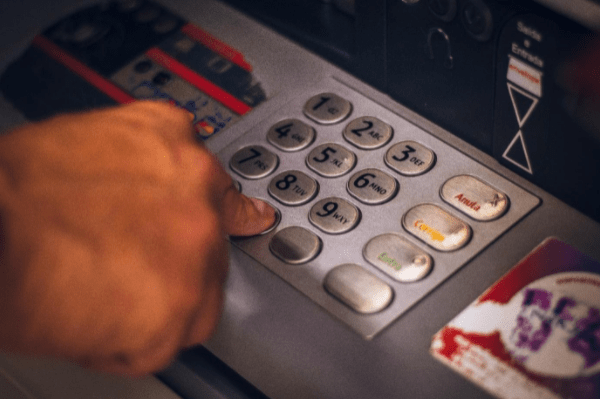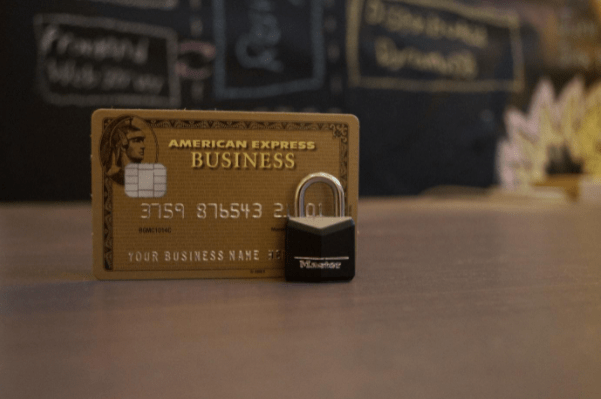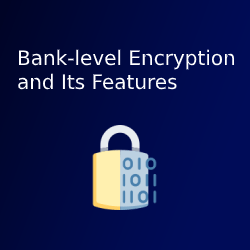In this article, we will answer the most frequently asked questions about bank-level encryption.
We will also name the features of this level, give a complete definition, and advise whether it is worth using it.
Keep reading below.
Bank-level Encryption – Is It Safe?

The time has come when each of you should take care of your financial security.
Today, hackers want to steal our finances using various malware programs.
Moreover, they try to steal personal data to gain access to more secure information about your home, work, family, etc.
Every day on the news, we hear about severe hacker attacks on ordinary people and businesses.
The 21st century is an era when everything is available, including fast transactions.
It is because of online transactions that people are most often at risk.
Hackers can spy on everything from social security to credit cards, social media passwords, banking information.
Over the past couple of months, cyber fraudsters have carried out 21 attacks on bank payment systems, stealing a million dollars.
The most common way to steal money remains the use of viruses, duplicate sites, and SMS mailings.
Therefore, we have prepared an article on bank-level encryption to be aware of the situation and know how to proceed.
What is Bank-Level Encryption?
Bank-level encryption is the highest level of encryption.
This term is most often used by financial institutions when they want to provide a high level of protection of customer data and assets.
Bank-level encryption helps protect the client’s transmitted information from intruders.
What are The Features of Encryption?
Bank-level encryption has the following features:
- protects against unauthorized reading;
- protects against deliberate violation of the integrity or nullification of customer data;
- protects against unwanted copying;
- protects against falsification.
Why Does Virtual Private Network Service Use Bank-level Encryption?
Like banks, VPN services use good encryption methods.
One of these is VeePN with Netguard VPN.
Using 128-bit encryption and 256-bit encryption, the company encrypts data, turning it into an incomprehensible confusion.
When the data reaches the right place, it turns into the correct order, which is readable.
However, this is not all.
Let’s say you’re sitting at an airport with free Wi-Fi.
If you do not use security tools, anyone connected to the same network can download your data.
This way, Netguard VPN will protect your passwords from social networks or devices, content, credit card passwords, and traffic from third parties.
What Do Banks Really Use To Provide Protection?
Banks work every day to ensure the safety of the client.
Harming the client will lead to the fact that the bank loses its reputation or loses its license.
To avoid such troubles, banks use advanced security protocols.
Such protocols go beyond a username or password to provide high-level security.
As the first tool against cyber intruders, bankers use firewalls.
Because hacker attacks are improving, banks constantly update the software, thereby giving no chance to get client data and finances.
In addition to firewalls, banking facilities use various encryptions to protect your digital documents and online transactions.
What does encryption give to banks? Experienced programmers use various codes to prevent hackers from finding out any information.
Thus, you are in a vacuum that the banking employees are guarding.
It is generally accepted that bank-level encryption is 256-bit AES.
Banks also use more advanced encryption.
Let’s find out more about them.

256-bit AES – What Is This Encryption?
256-bit encryption is a powerful combination that provides extensive data protection compositions.
That is, banks encode your money data.
If a hacker wants to crack 256-bit encrypted data, he will need 2256 different combinations.
Note that even the fastest computer cannot withstand such a load.
For this reason, many banks use 256-bit encryption.
The US government also strongly recommends that all installations that store client data use 256-bit encryption.
What Does 128-bit Encryption Mean?
Finance companies can also use 128-bit encryption.
Even though this level of encryption has half the number of numbers, it belongs to one of the secure encryption.
Therefore, when it comes to data protection, these two levels of encryption are perfect.
128-bit encryption differs from 256-bit encryption in that it includes 340 undecillion.
Imagine the number 34 and attach 36 zeros to it.
Without exaggeration, we can say that this is a lot.
If the financial institution does not use 256-bit encryption, 128-bit encryption can provide secure security.
Breaking such protection is very difficult.
Many companies today use exactly 128-bit encryption.
However, 256-bit encryption is much better from a marketing point of view.
Put yourself in the client’s shoes.
Imagine that the client knows that the company is using 128-bit encryption, which has half the number of encodings than 256-bit encryption.
Hence the client will look for a more reliable company.

What is Encryption And its Types?
As we have already noted, companies use encryption to store and secure the transmission of important information.
However, what is it from a scientific point of view?
Data encryption is a reversible transformation of data to hide it from strangers.
Programmers divide encryption into two types:
- Symmetric. To encrypt or decrypt data, programmers use the same cryptographic key. Unauthorized persons can learn about the encryption algorithm, but all the personal data is in the sender and recipient. Before exchanging information, people choose the algorithm’s key, which they must keep secret from outsiders. Consider Caesar cipher as an example. Its essence is to replace each character with a letter located on the left or right alphabet. To find out which letter needs to be substituted, people must understand in which direction to move.
- Asymmetric. To encrypt or decrypt data, programmers use two keys. Open source is available to all network users. The private key is only available to the owner. Two keys form a pair, and there is a mathematical relationship between them. People use the public key to encrypt information. The owner of the private key can decrypt the message afterward. This type of encryption is used by companies when working with electronic signatures. In this way, companies can check whether a person has signed a document.



